| Model: | MOS18323-44-9 |
| Place of Origin: | Zhejiang,China (Mainland) |
| Brand: | MOSINTER |
| Molecular Formul: | C18H34Cl2N2O5S |
| Molecular Weight: | 461.444 |
| Boiling point: | 28.1°C at 760 mmHg |
| EINECS: | 242-209-1 |
| CAS NO.: | 18323-44-9 |
| Flash point: | 333.6°C |
| Vapour Pressur: | 2.07E-18mmHg at 25°C |
- Have any questions?
- +86-189 8930 5995
- sales@mosinterchem.com.cn
Clindamycin CAS 18323-44-9

Monensin Sodium CAS 22373-78-0
05/12/2018
Paclitaxel CAS 33069-62-4
05/12/2018Clindamycin CAS: 18323-44-9
| Molecular Formula: | C18H34Cl2N2O5S |
| Molecular Weight: | 461.444 |
| Boiling point: | 628.1°C at 760 mmHg |
| Flash point: | 333.6°C |
| Vapour Pressur | 2.07E-18mmHg at 25°C |
Clindamycin rINN /klɪndəˈmaɪsɨn/ is an antibiotic of the lincosamide class, which blocks the ribosomes of microorganisms. It is usually used to treat infections with anaerobic bacteria, but can also be used to treat protozoal diseases, such as malaria. It is a common topical treatment for acne and can be useful against some methicillin-resistant Staphylococcus aureus (MRSA) infections.
The most severe common adverse effect of clindamycin is Clostridium difficile-associated diarrhea (the most frequent cause of pseudomembranous colitis). Although this side effect occurs with almost all antibiotics, including beta-lactam antibiotics, it is classically linked to clindamycin use.
Medical uses
Clindamycin is used primarily to treat anaerobic infections caused by susceptible anaerobic bacteria, including dental infections, and infections of the respiratory tract, skin, and soft tissue, and peritonitis. In people with hypersensitivity to penicillins, clindamycin may be used to treat infections caused by susceptible aerobic bacteria, as well. It is also used to treat bone and joint infections, particularly those caused by Staphylococcus aureus. Topical application of clindamycin phosphate can be used to treat mild to moderate acne.The use of clindamycin in conjunction with benzoyl peroxide is more effective in the treatment of acne than the use of either product by itself.
Clindamycin and adapalene in combination are also more effective than either drug alone, although adverse effects are more frequent.
Malaria
Given with chloroquine or quinine, clindamycin is effective and well tolerated in treating Plasmodium falciparum malaria; the latter combination is particularly useful for children, and is the treatment of choice for pregnant women who become infected in areas where resistance to chloroquine is common.[18][19] Clindamycin should not be used as an antimalarial by itself, although it appears to be very effective as such, because of its slow action. Patient-derived isolates of Plasmodium falciparum from the Peruvian Amazon have been reported to be resistant to clindamycin as evidenced by in vitro drug susceptibility testing.
Other
Clindamycin may be useful in skin and soft tissue infections caused by methicillin-resistant Staphylococcus aureus (MRSA); many strains of MRSA are still susceptible to clindamycin; however, in the United States spreading from the West Coast eastwards, MRSA is becoming increasingly resistant.
Clindamycin is used in cases of suspected toxic shock syndrome, often in combination with a bactericidal agent such as vancomycin. The rationale for this approach is a presumed synergy between vancomycin, which causes the death of the bacteria by breakdown of the cell wall, and clindamycin, which is a powerful inhibitor of toxin synthesis. Both in vitro and in vivo studies have shown clindamycin reduces the production of exotoxins by staphylococci; it may also induce changes in the surface structure of bacteria that make them more sensitive to immune system attack (opsonization and phagocytosis).
Clindamycin has been proven to decrease the risk of premature births in women diagnosed with bacterial vaginosis during early pregnancy to about a third of the risk of untreated women.
The combination of clindamycin and quinine is the standard treatment for severe babesiosis.
Clindamycin may also be used to treat toxoplasmosis, and, in combination with primaquine, is effective in treating mild to moderate Pneumocystis jirovecii pneumonia.
Adverse effects
Common adverse drug reactions associated with systemic clindamycin therapy — found in over 1% of people — include: diarrhea, pseudomembranous colitis, nausea, vomiting, abdominal pain or cramps and/or rash. High doses (both intravenous and oral) may cause a metallic taste. Common adverse drug reactions associated with topical formulations – found in over 10% of people – include: dryness, burning, itching, scaliness, or peeling of skin (lotion, solution); erythema (foam, lotion, solution); oiliness (gel, lotion). Additional side effects include contact dermatitis. Common side effects – found in over 10% of people – in vaginal applications include fungal infection.
Pseudomembranous colitis is a potentially lethal condition commonly associated with clindamycin, but which occurs with other antibiotics, as well. Overgrowth of Clostridium difficile, which is inherently resistant to clindamycin, results in the production of a toxin that causes a range of adverse effects, from diarrhea to colitis and toxic megacolon.
Rarely — in less than 0.1% of patients — clindamycin therapy has been associated with anaphylaxis, blood dyscrasias, polyarthritis, jaundice, raised liver enzyme levels, renal dysfunction, cardiac arrest, and/or hepatotoxicity.
Susceptible bacteria
It is most effective against infections involving the following types of organisms:
Aerobic Gram-positive cocci, including some members of the Staphylococcus and Streptococcus (e.g. pneumococcus) genera, but not enterococci.
Anaerobic, Gram-negative rod-shaped bacteria, including some Bacteroides, Fusobacterium, and Prevotella, although resistance is increasing in Bacteroides fragilis.
Most aerobic Gram-negative bacteria (such as Pseudomonas, Legionella, Haemophilus influenzae and Moraxella) are resistant to clindamycin, as are the facultative anaerobic Enterobacteriaceae. A notable exception is Capnocytophaga canimorsus, for which clindamycin is a first-line drug of choice.
The following represents MIC susceptibility data for a few medically significant pathogens.
Staphylococcus aureus: 0.016 μg/ml – >256 μg/ml
Streptococcus pneumoniae: 0.002 μg/ml – >256 μg/ml
Streptococcus pyogenes: <0.015 μg/ml – >64 μg/ml
You must be logged in to post a review.

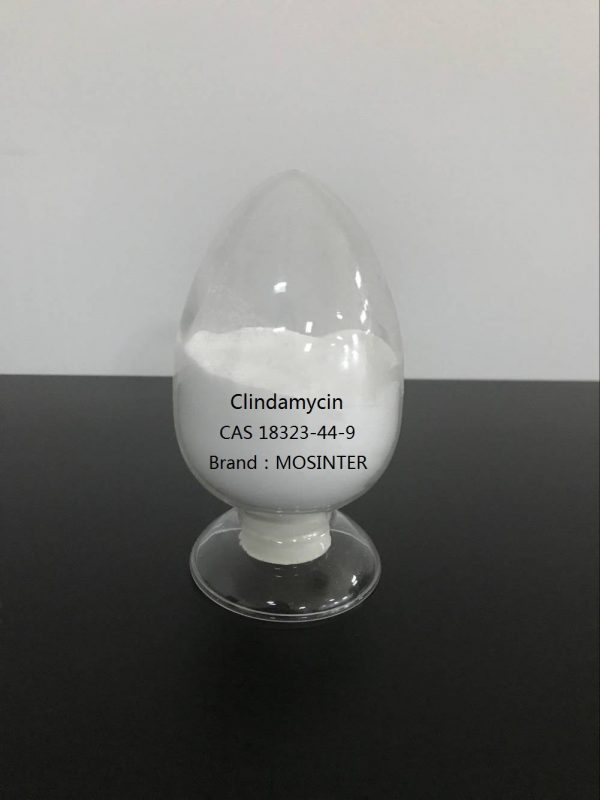
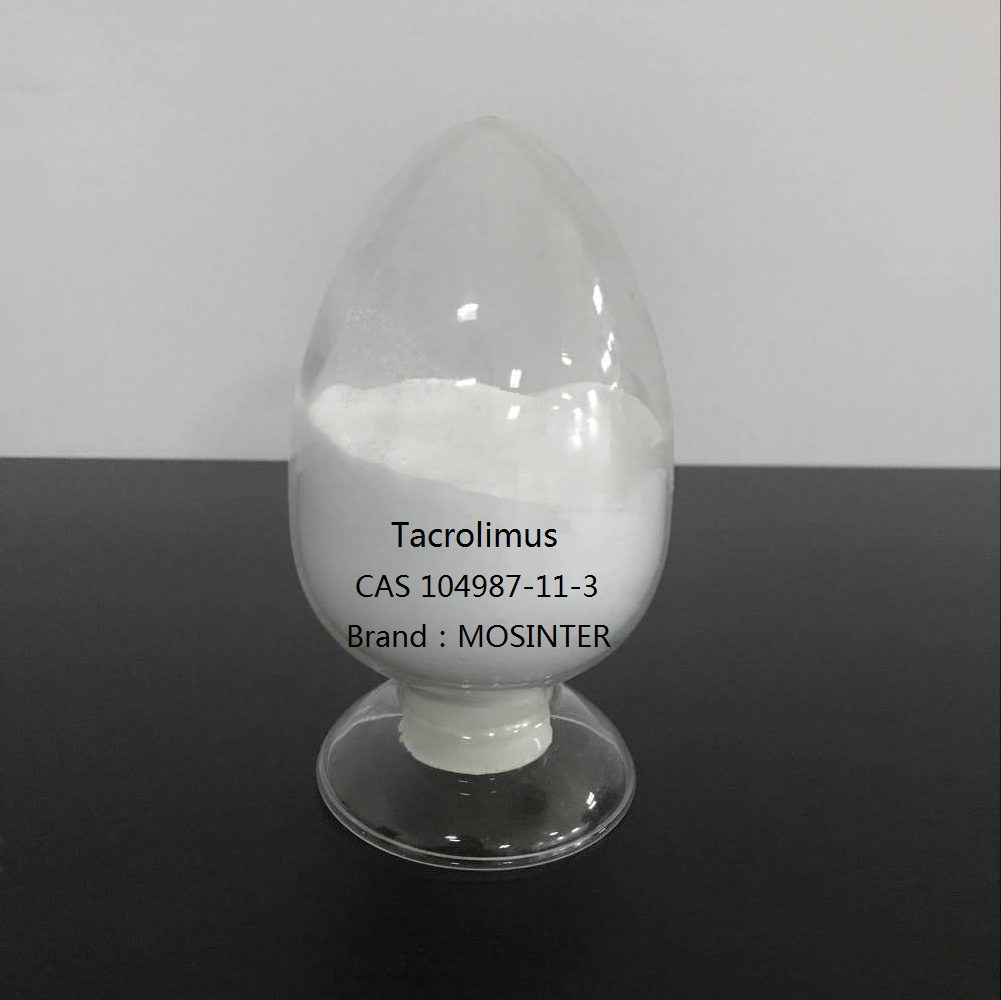
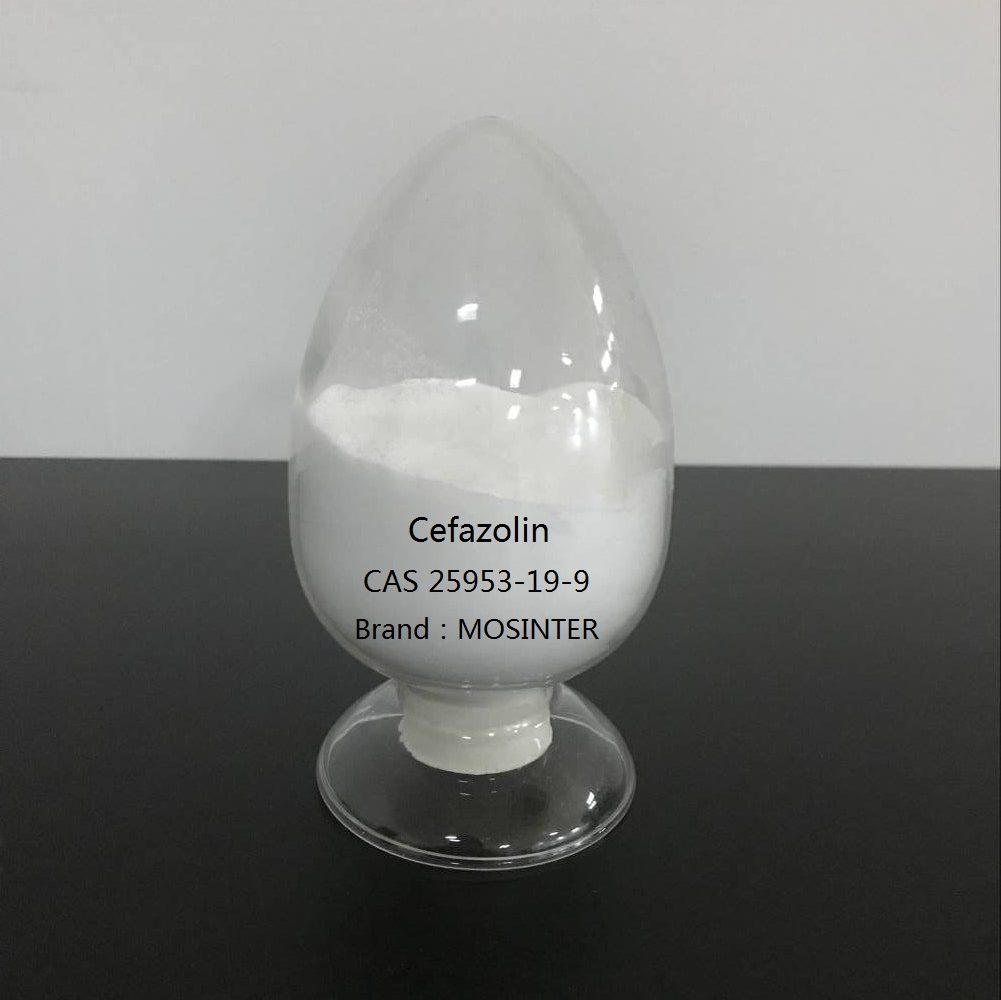
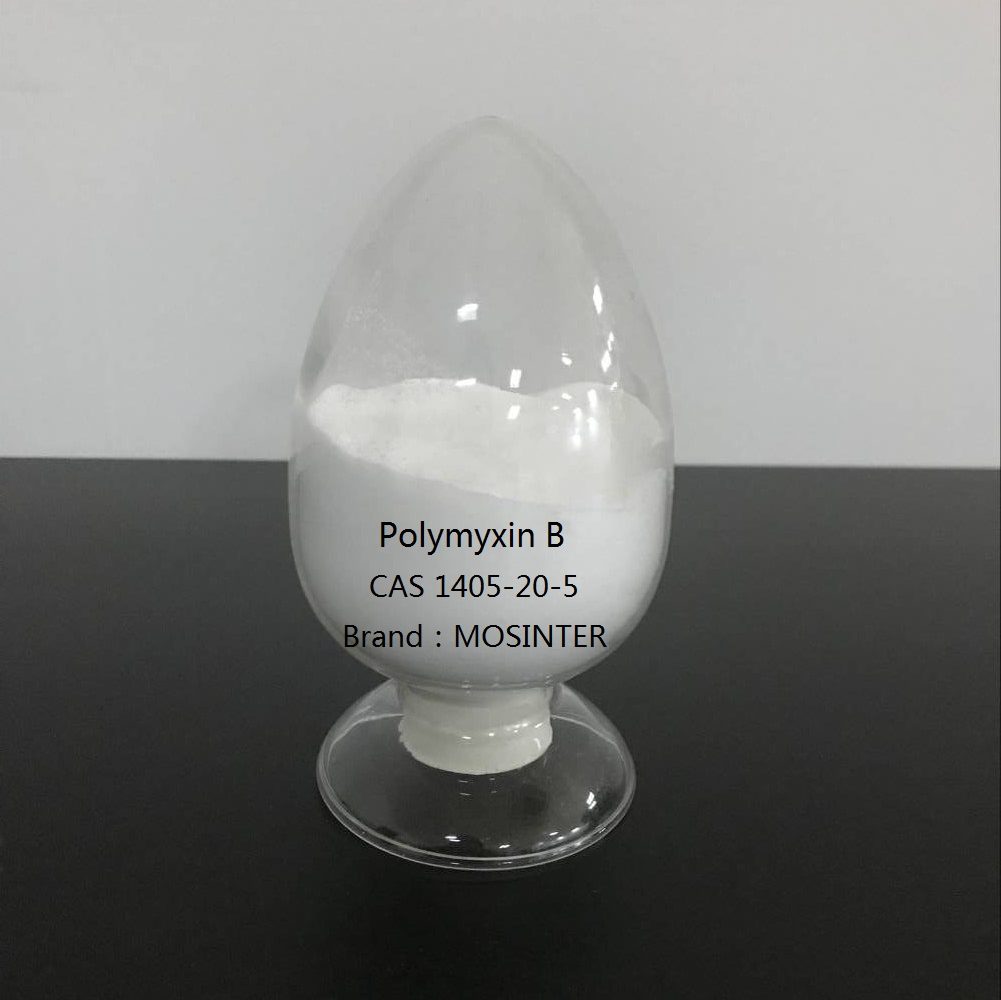
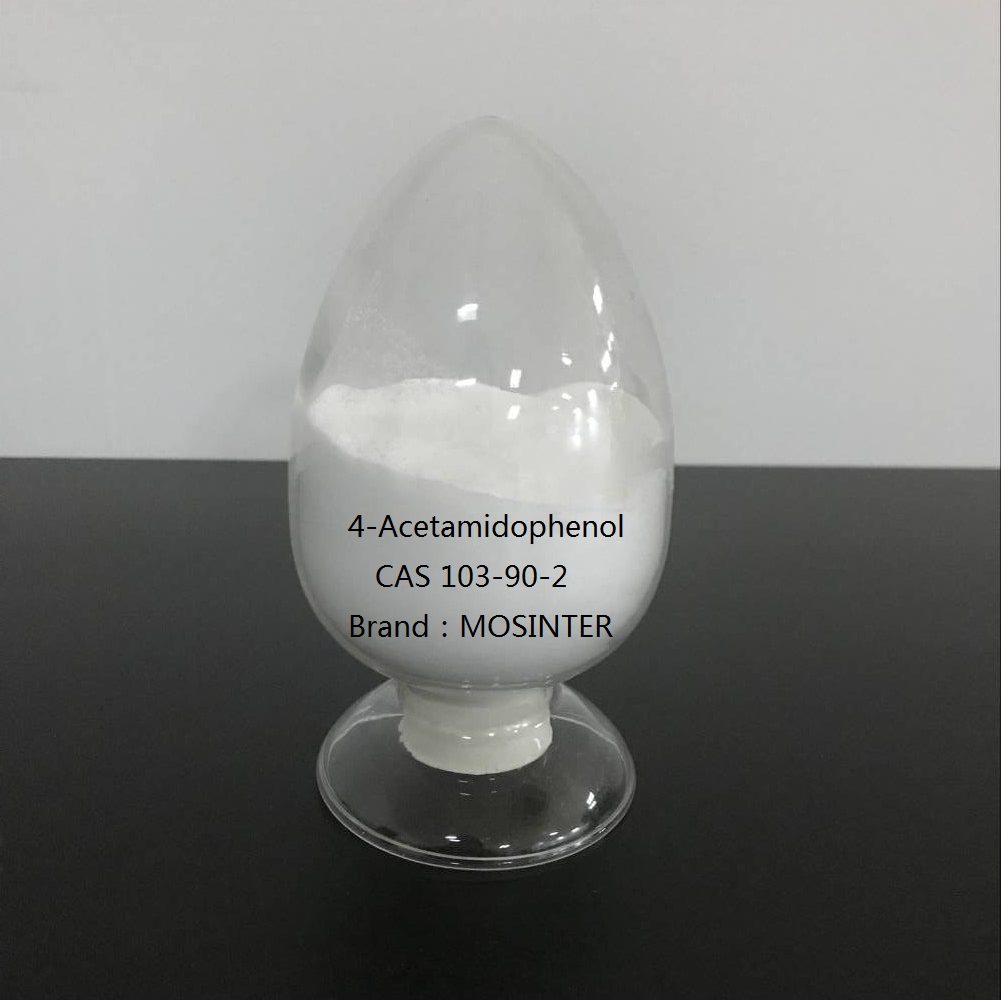
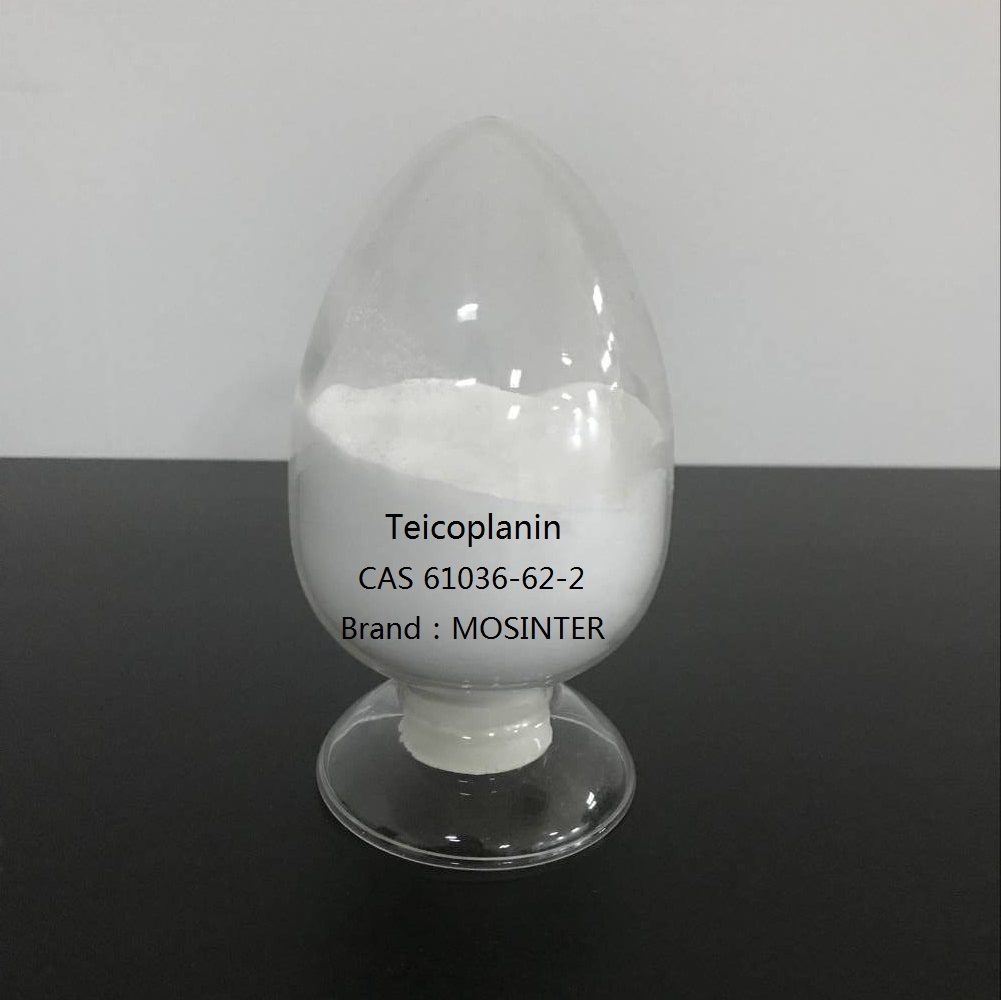
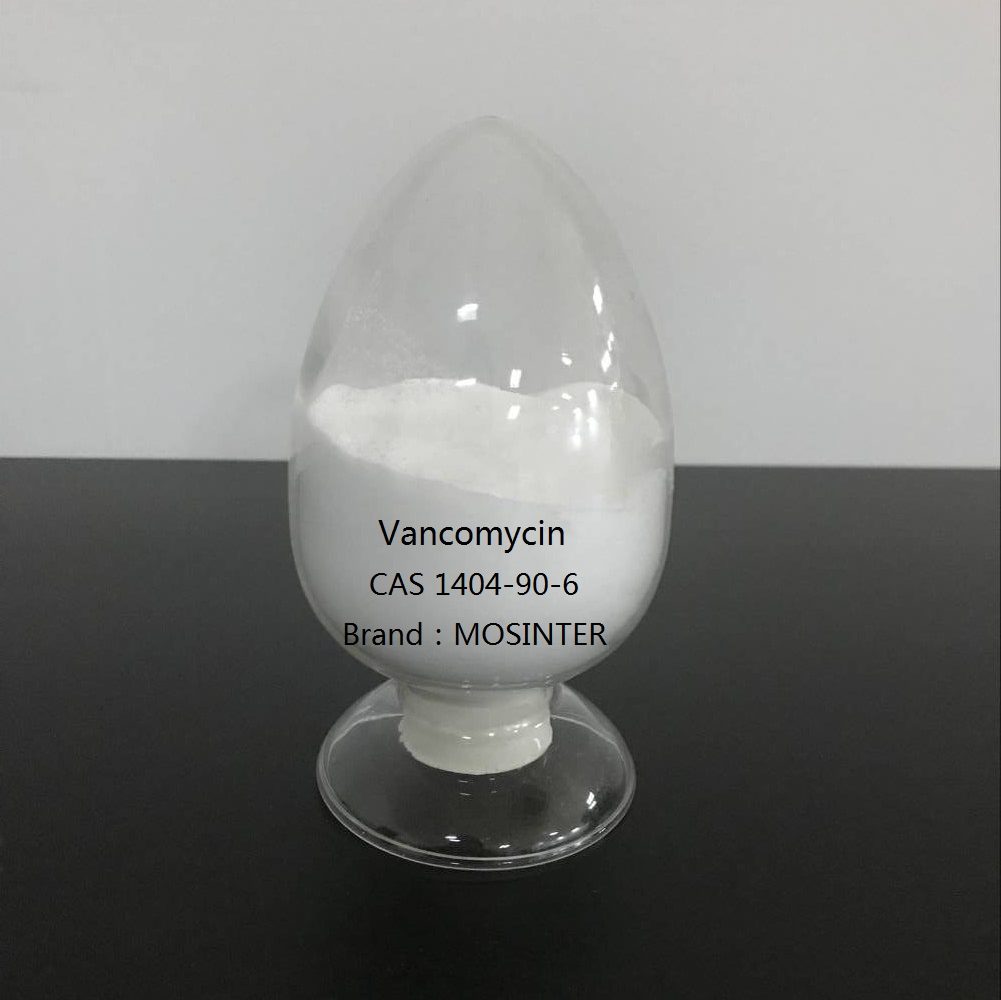
Reviews
There are no reviews yet.